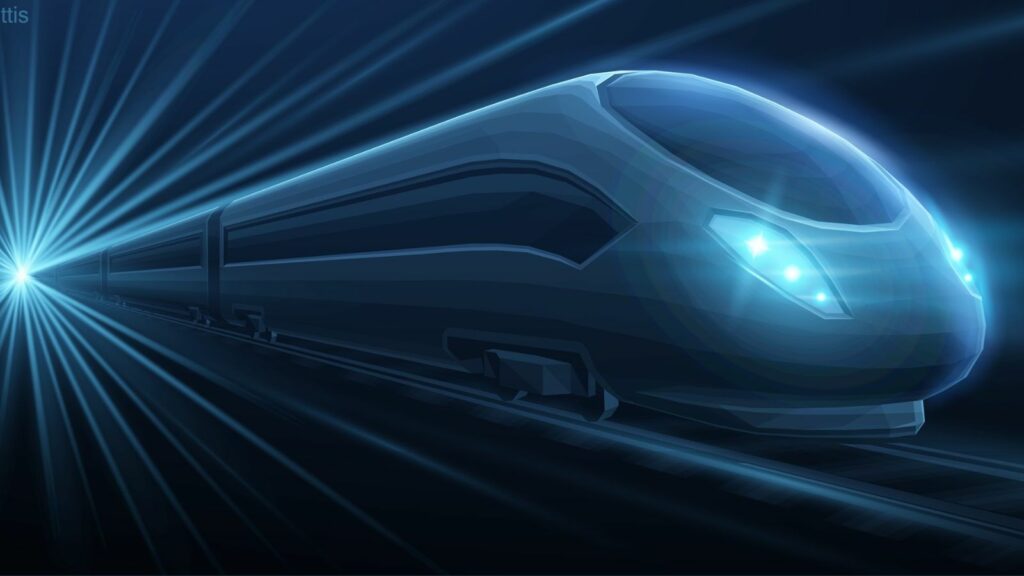Imagine a time when transportation has evolved to the point where cars can drive themselves, and passengers can hail a ride with a single tap. Contrary to popular belief, public transportation is far closer to the future. It involves changing our way of living and moving beyond just technology. Let’s explore some startling realities regarding the future of public transportation.
Smart Cities
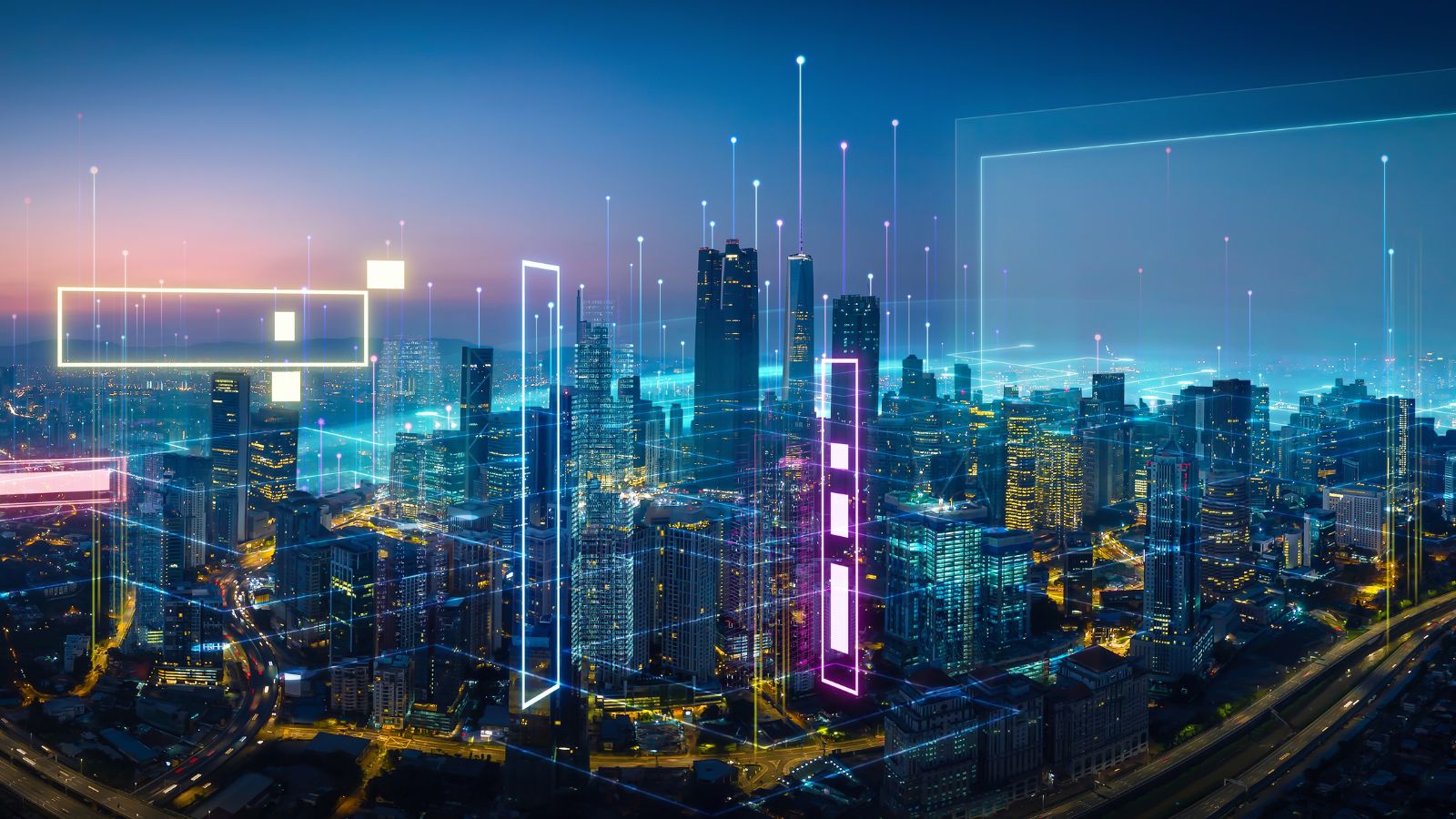
The emergence of smart cities will put public transport at the center of urban Innovation, creating a more seamless, user-friendly experience for all users. In these cities, where technology is deeply integrated into daily life, public transportation will become more responsive and efficient than ever before. Smart sensors, real-time data analysis, and AI will help manage traffic flow, adjust routes to avoid congestion, and ensure that transportation systems run smoothly.
Self-Driving Vehicles
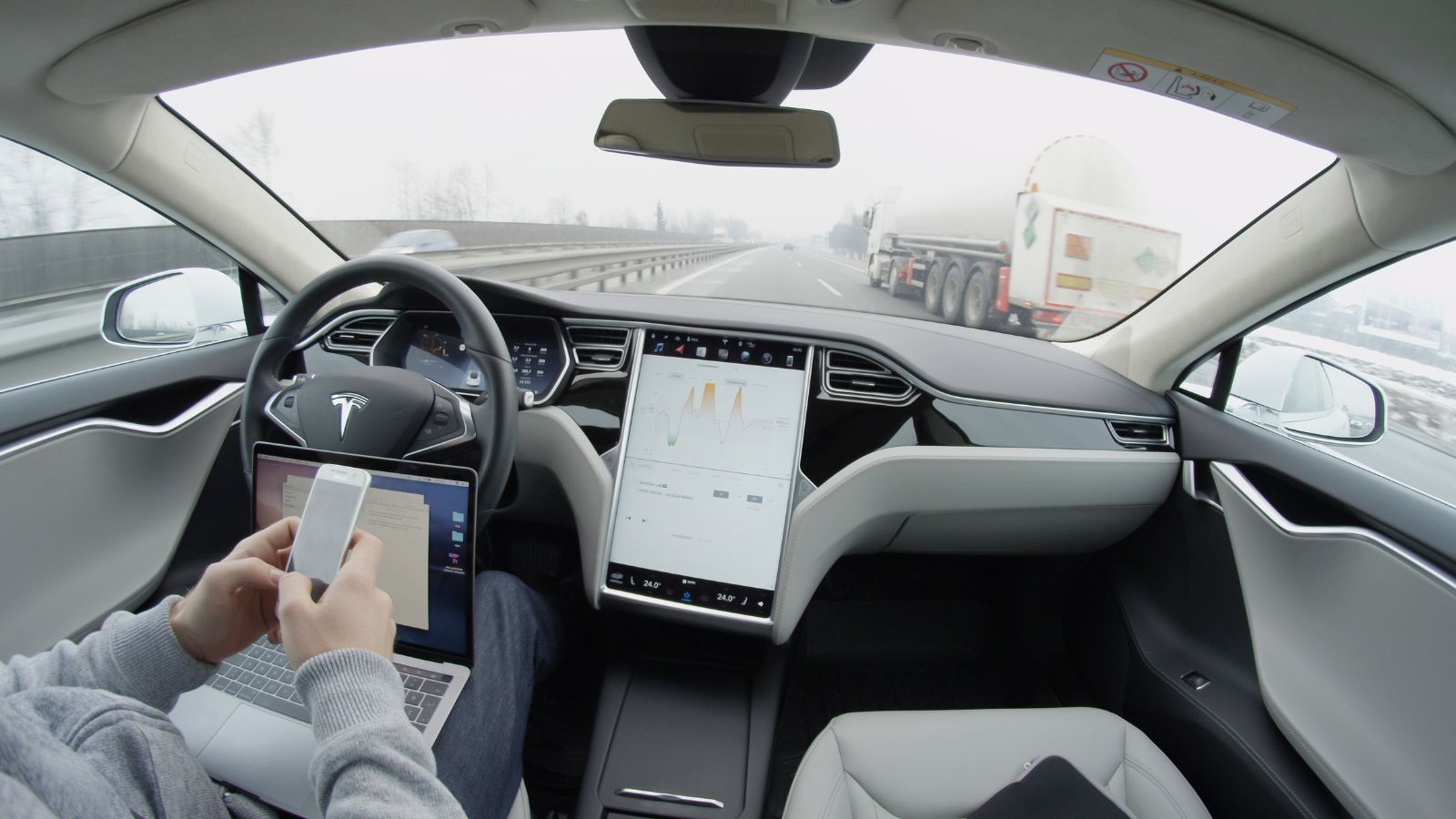
Though it may sound far-fetched, the concept of human-free public transportation is already coming to pass. Cities worldwide are using artificial intelligence to test self-driving buses and trains that can find their way around, avoid obstructions, and maintain passenger safety. Not only will these autonomous cars minimize human error-related collisions, but they will also maximize fuel efficiency and minimize maintenance expenses. Taking a completely automated bus or train may soon become as commonplace as hailing a cab does now.
Hyper-loop Technology
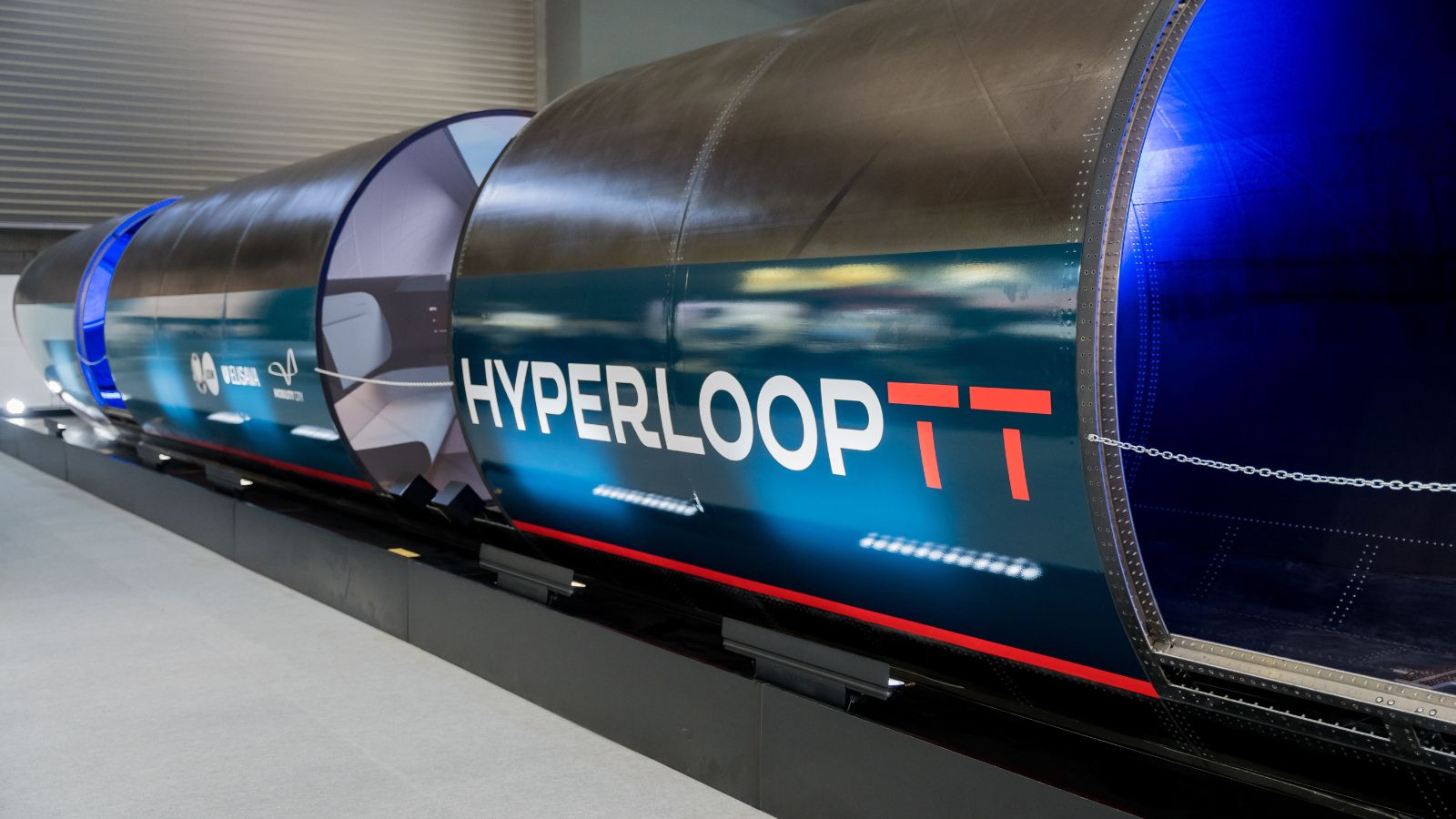
The hyperloop technology, the concept of Elon Musk and other visionaries, promises a time when humans may travel between cities in minutes rather than hours. This high-speed rail system transforms our perception of long-distance travel using vacuum tubes to propel pods at extremely high speeds.
Widespread Use of Micro-Transit
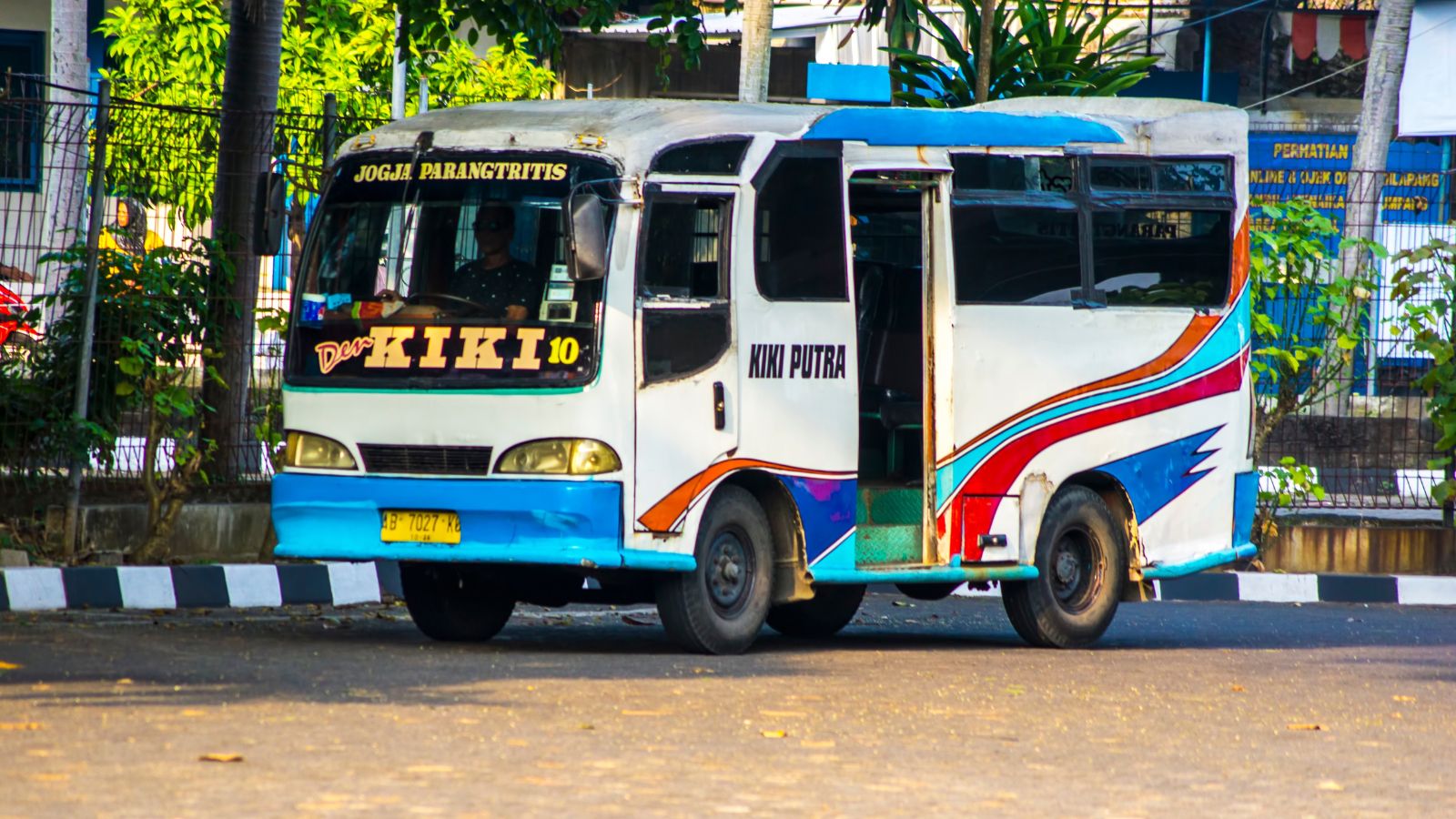
Big buses and trains won’t be the only modes of public transportation. Micro-transit systems that provide flexible and environmentally friendly options for short distances, such as bike sharing and electric scooters, will fill in the gaps.
Electric Vehicles
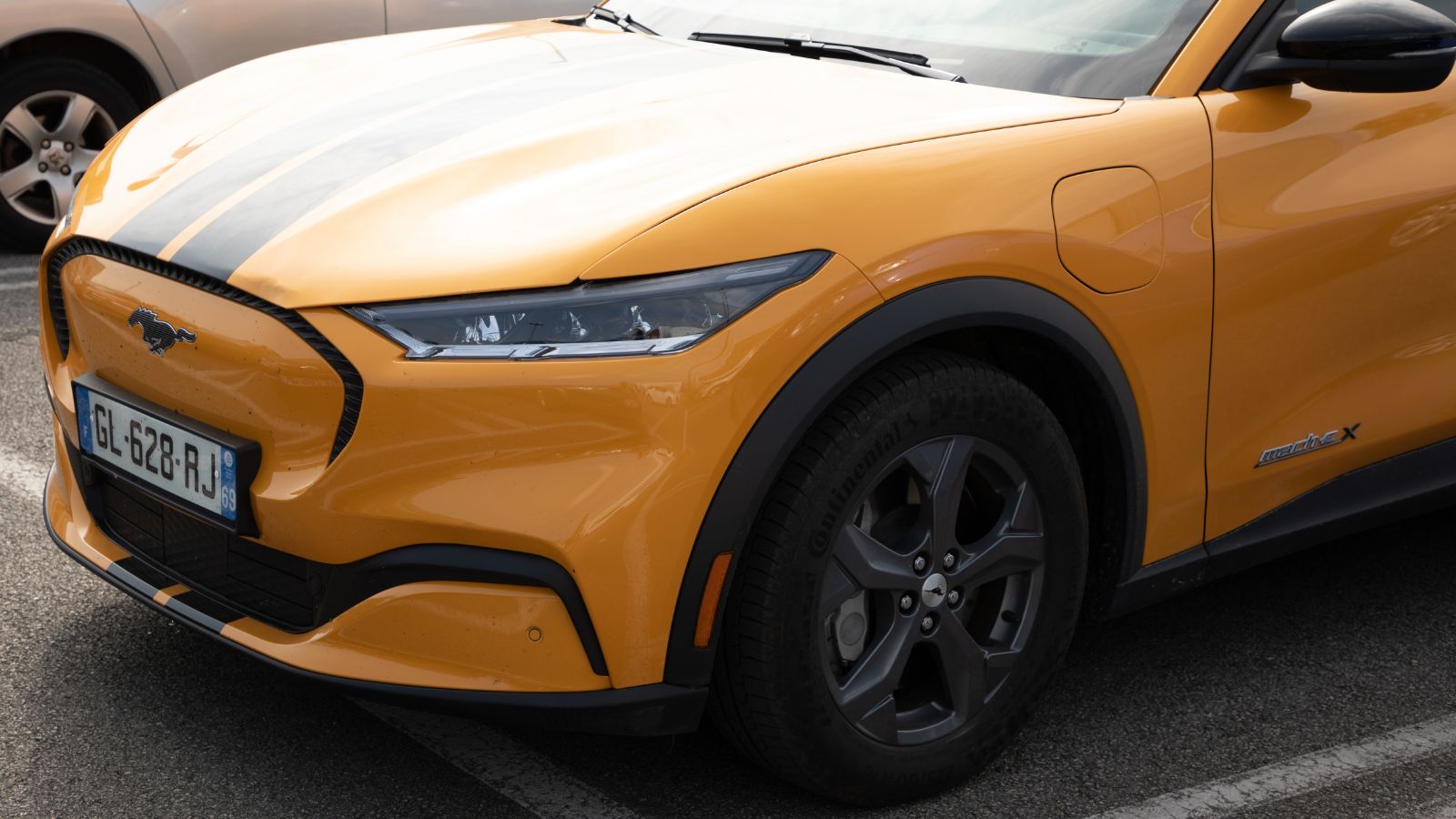
Cities are switching to electric buses, trains, and trams due to concerns about climate change. These cars are more energy-efficient and less polluting, which lowers transportation agencies’ long-term expenses.
The Inclusivity of Public Transportation Will Increase

Designs that prioritize universal access for all will increase accessibility as public transportation networks become more inclusive, serving the needs of the elderly, persons with disabilities, and those living in remote areas.
A Greater Role for Private Enterprises

Big tech companies like Google, Tesla, and Uber have already made significant investments in the future of public transportation. Their participation may result in innovative and efficient public-private collaborations.
Widespread Use of Micro-Transit

Big buses and trains won’t be the only modes of public transportation. Micro-transit systems that provide flexible and environmentally friendly options for short distances, such as bike sharing and electric scooters, will fill in the gaps.
Public Transportation Will Be Revolutionized
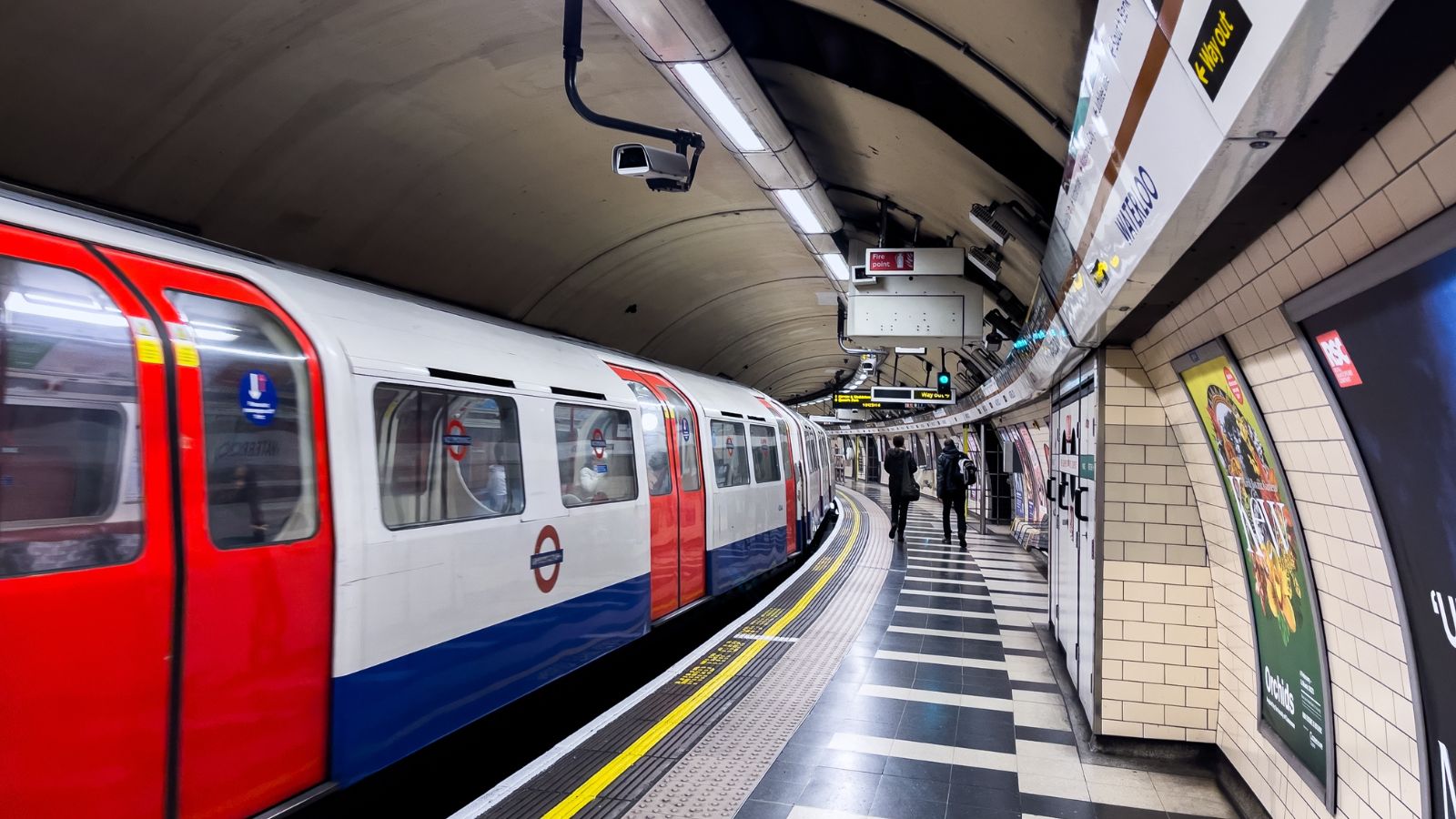
Waiting for the next bus while standing at a bus stop might not be necessary. Similar to using Uber or Lyft to hail a cab, commuters will be able to summon a bus through an app thanks to on-demand public transportation services. Based on demand in real-time, these buses will pick up passengers and modify their routes to reduce wait times and increase efficiency.
AI Will Transform Public Transportation
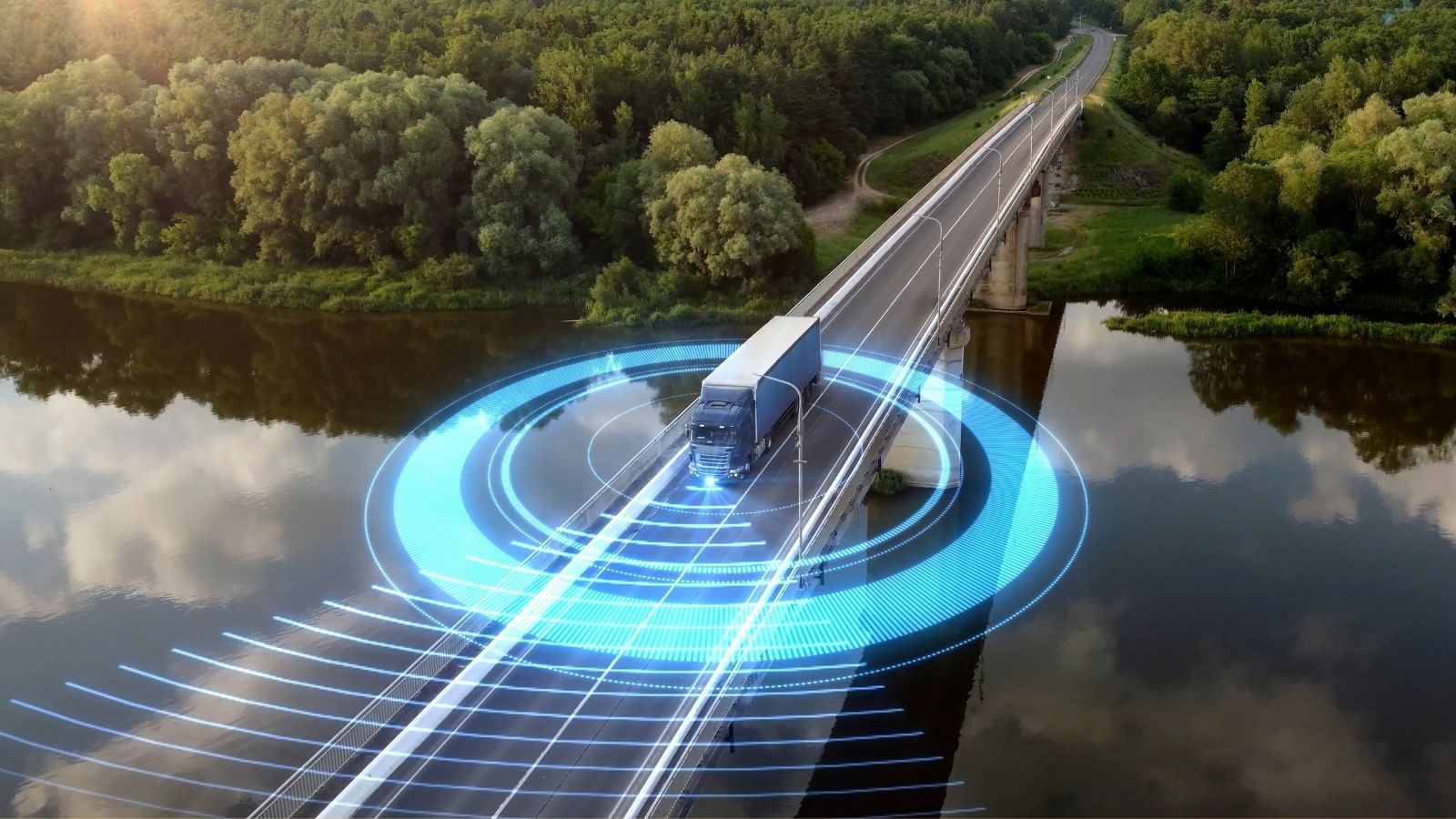
Route optimization, delay reduction, and commuter demand prediction will all be accomplished using smoother artificial intelligence. Thanks to this technology, public transportation will be more dependable, quicker, and customized to meet each commuter’s demands.
Urban Landscapes Will Change Due to Drone Taxis
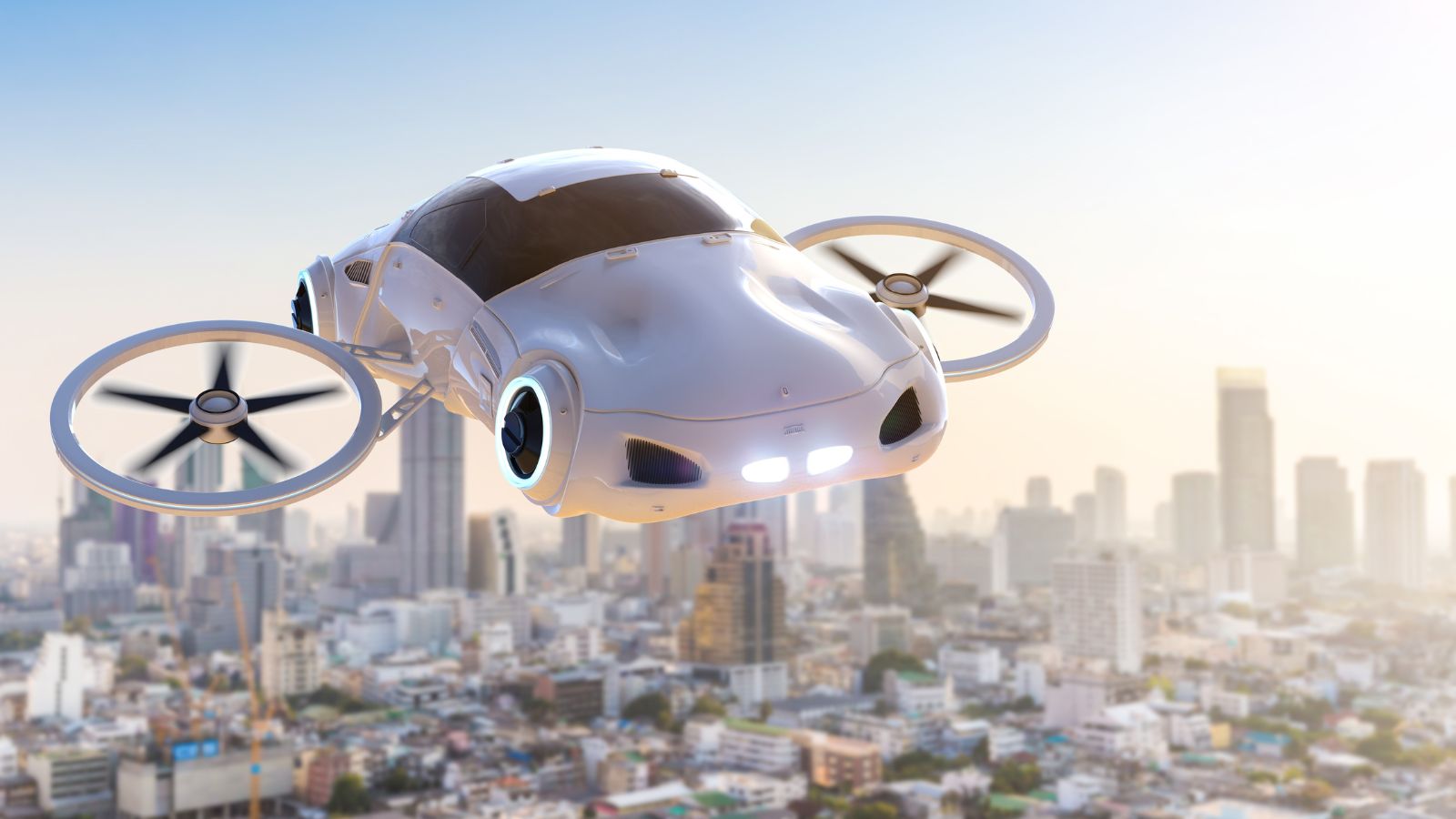
Drone taxis are being created to revolutionize urban transportation. However, they are still in the early stages of development. These drones might soar above us in entirely new transport lanes, avoiding traffic altogether.
The 15-Minute City Concept

Urban designers aim for cities with all necessary services within a fifteen-minute bike ride or pedestrian stroll. This significant change in urban design may lessen the need for lengthy journeys and reliance on public transportation.
Traveling Safer With Biometric Security
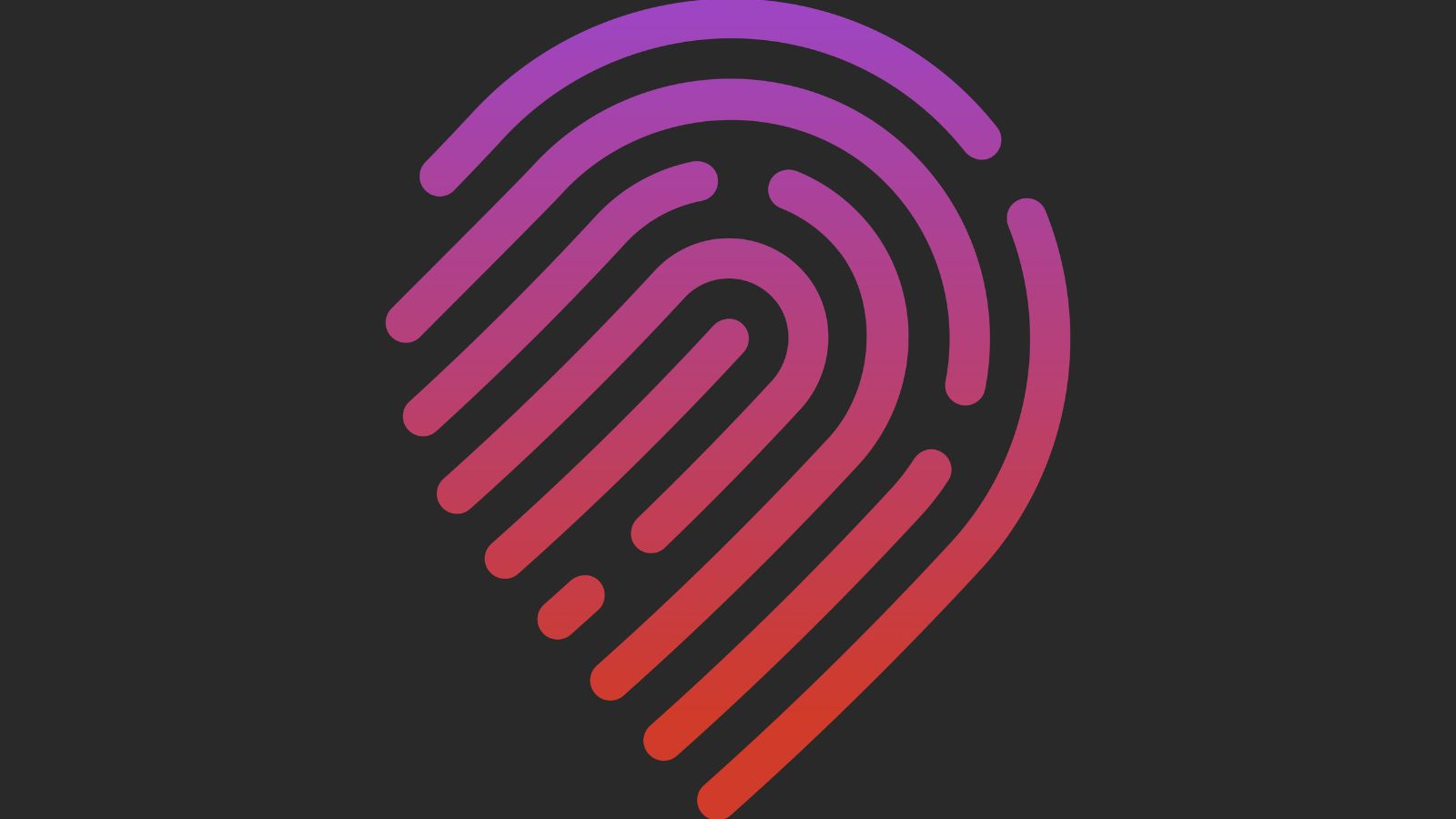
Thanks to the use of biometric technology, such as fingerprint scanning and facial recognition, which streamlines security procedures at stations and stops, public transit will be safer and faster without sacrificing privacy.
More Inclusive Public Transportation
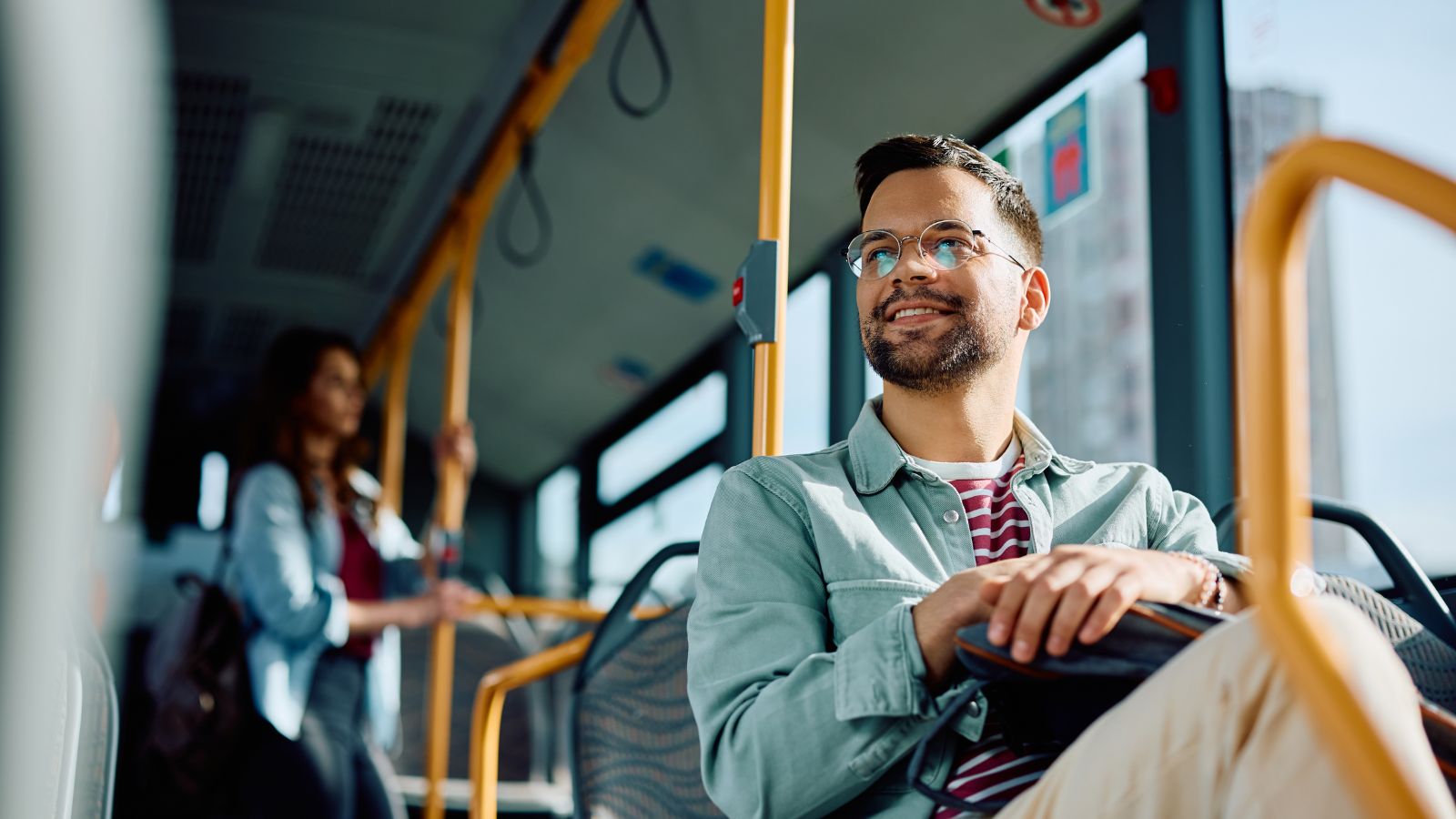
Accessibility will increase as public transportation networks become more inclusive, serving the elderly, those with disabilities, and residents of remote areas with designs that prioritize universal access for everyone.
The Role of Private Companies Will Increase
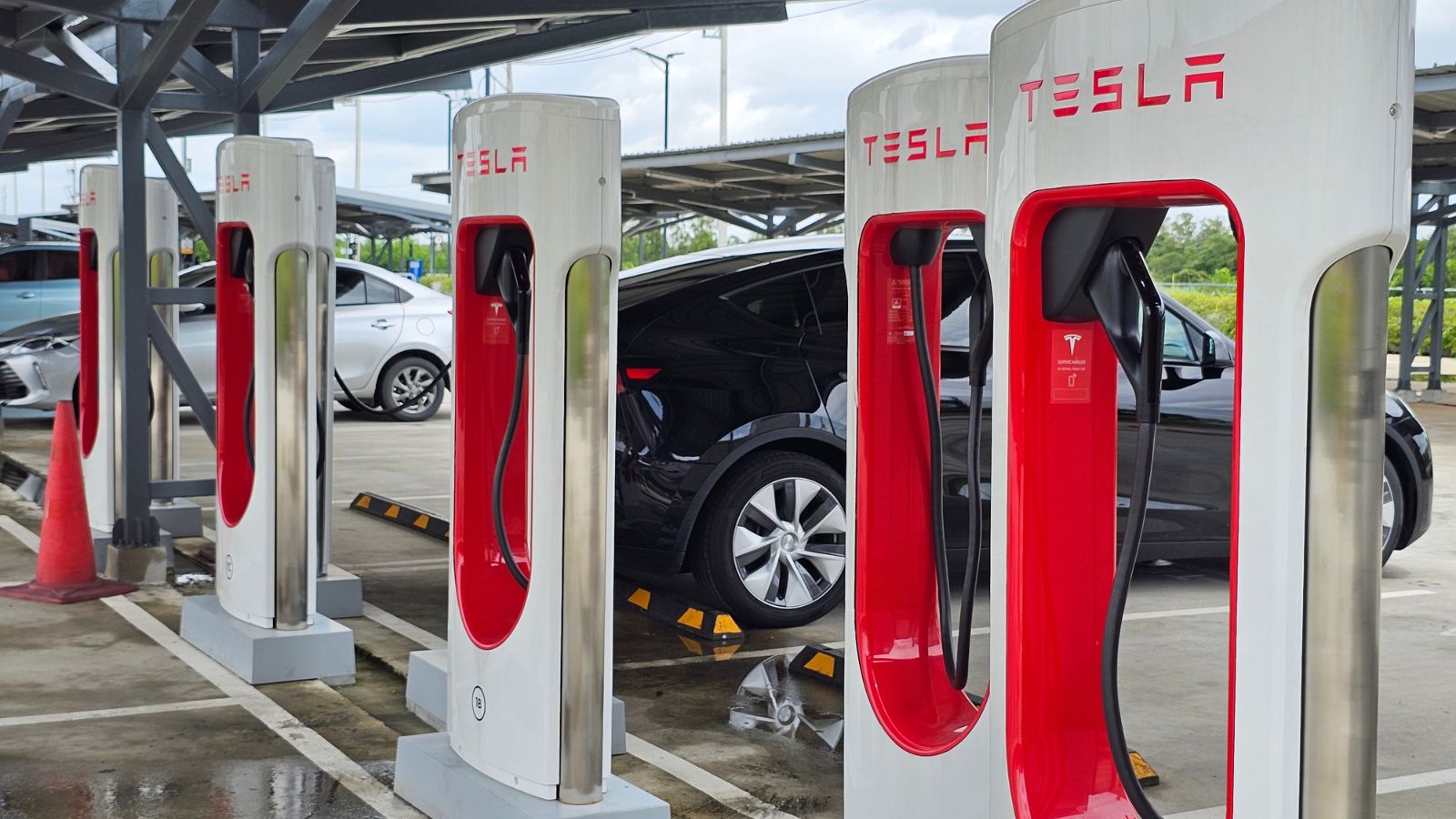
Massive tech companies like Google, Tesla, and Uber have already made significant investments in the future of public transportation. Their participation may result in innovative and efficient public-private collaborations.
Travel without a ticket

In the future, travelers might not even need to bring tickets. Thanks to developments in wearable technology and biometrics, passengers will be able to board cars by passing through gates that immediately charge their accounts.
Smart Stations Will Make Commuting Better
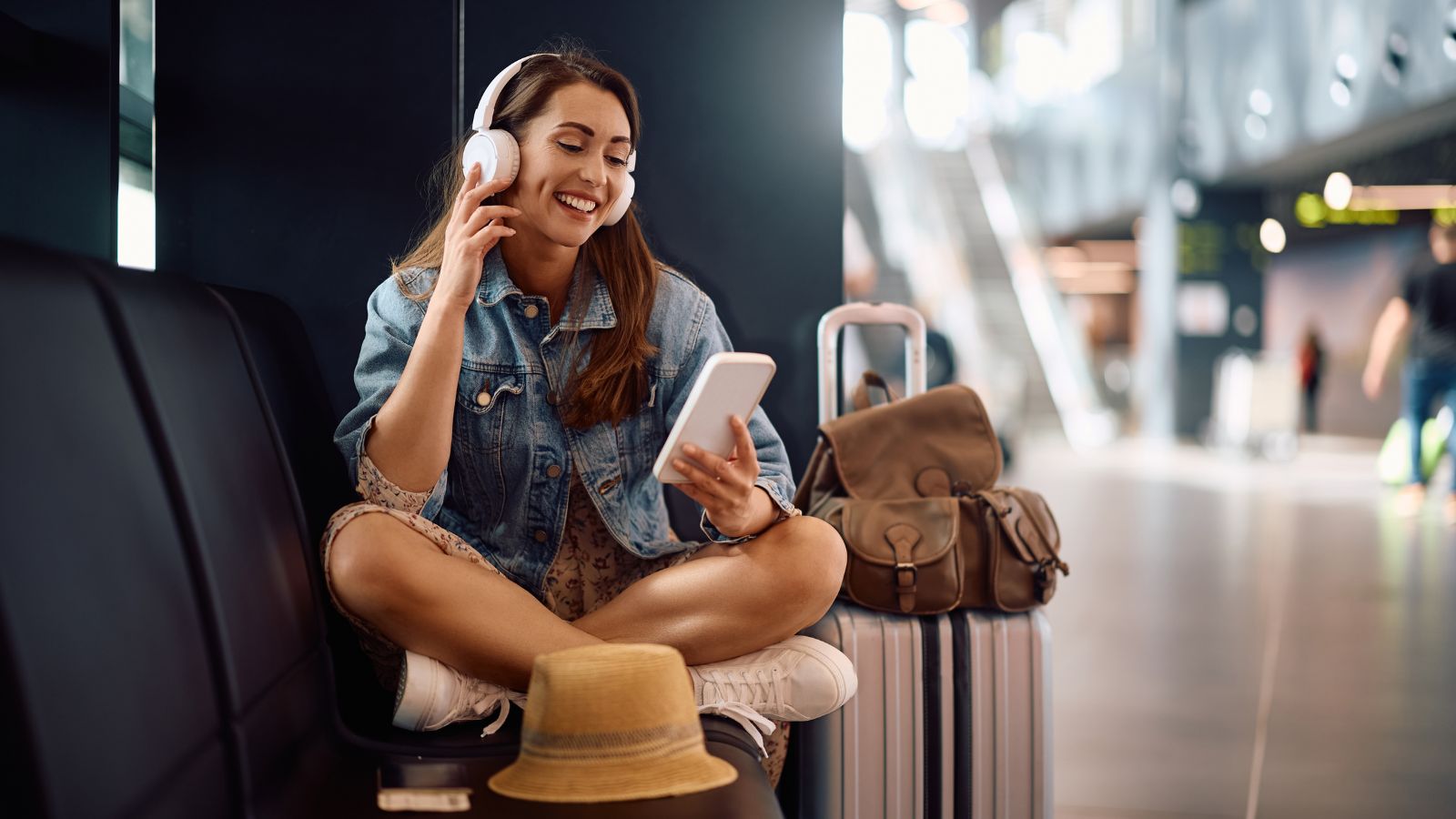
Hubs for public transportation will also become “smart.” Real-time traffic reports, interactive maps, and cutting-edge amenities are planned for these stations to improve commuter efficiency and comfort.
Lesser Need for Public Transportation
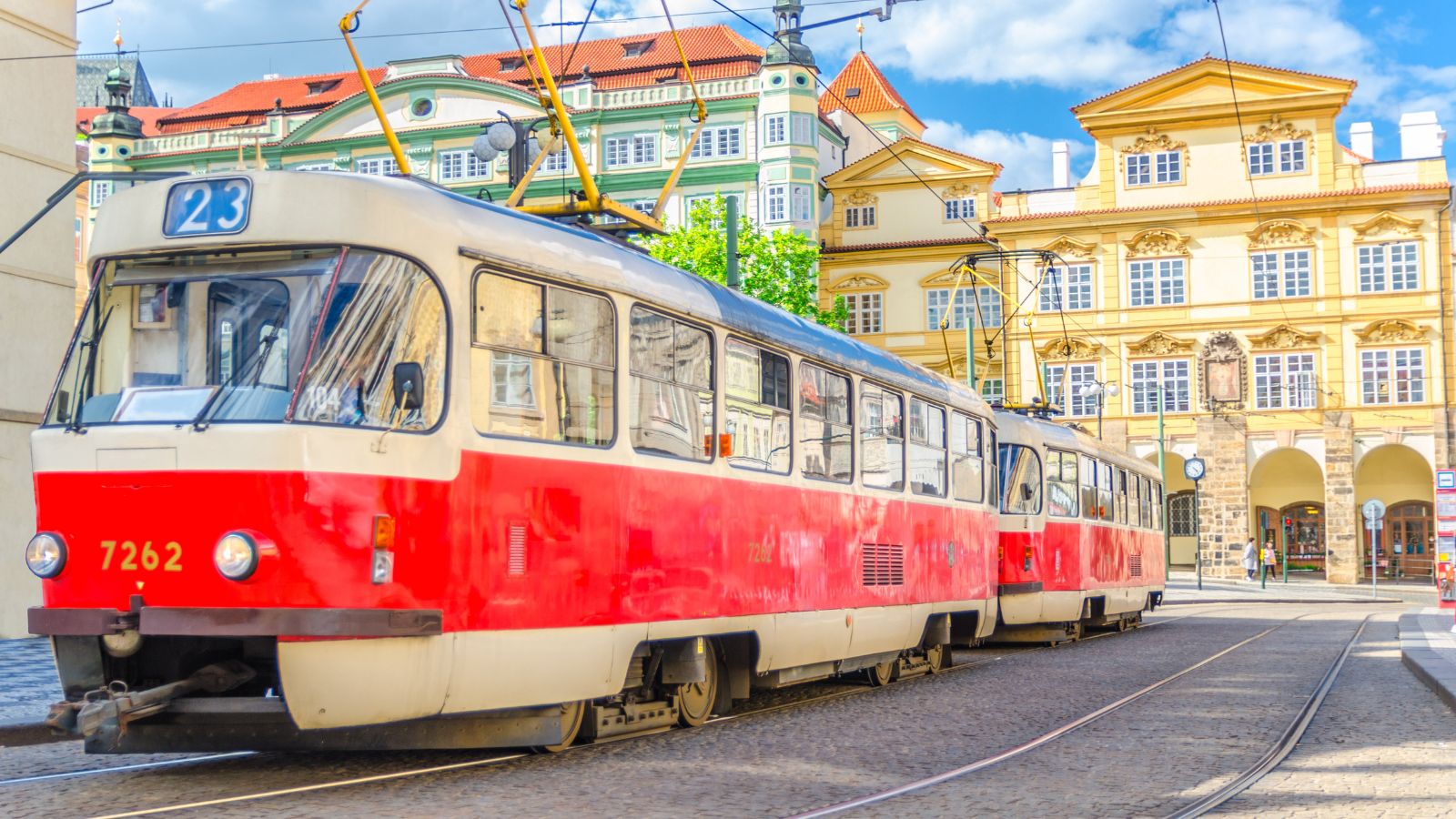
Fewer people will need to commute every day as remote employment grows increasingly prevalent. By making this adjustment, public transportation systems will experience less congestion, enabling more efficient and manageable networks.
Virtual Reality Connections
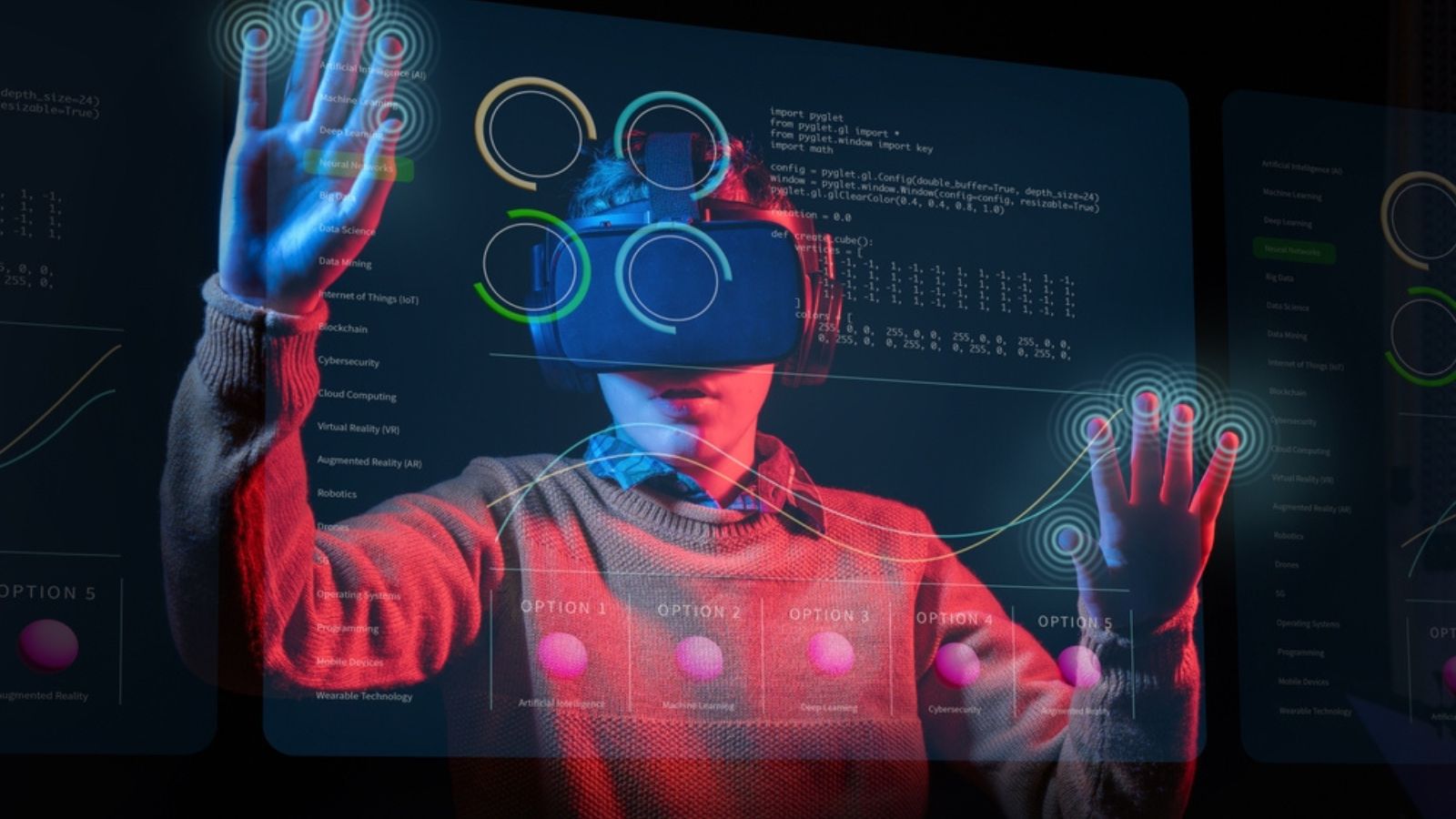
Virtual reality could impact transportation in the future, despite sounding like science fiction. While commuting, commuters could enter virtual realms and attend meetings, take tours, or simply unwind.
Combined Traveling Ways
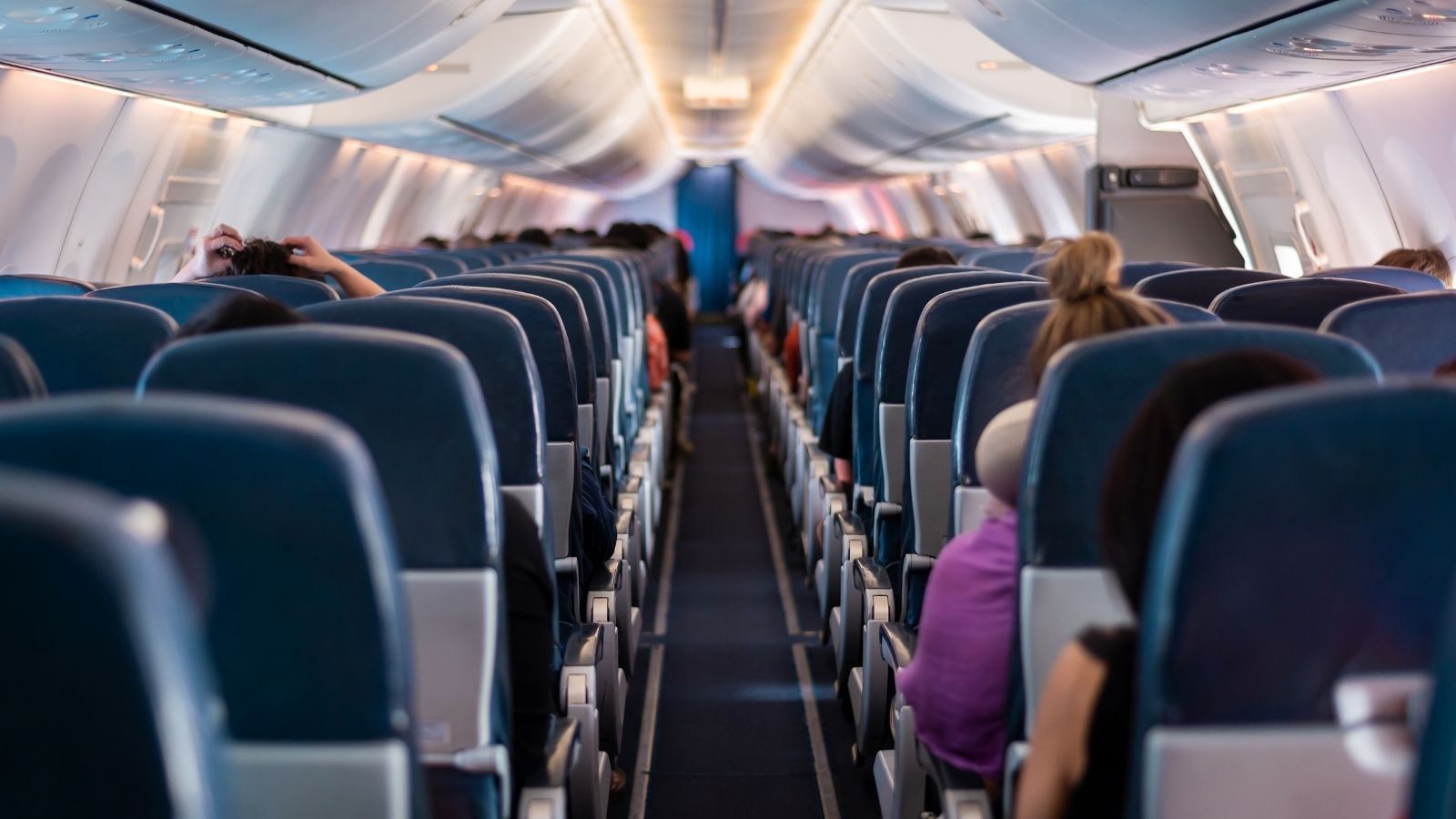
The integration of bus, bike, train, and car-sharing services into a single hub will facilitate smooth transitions between various forms of transportation. Thanks to this, people won’t have to rely solely on one mode of transportation to get where they need to go.
Conclusion
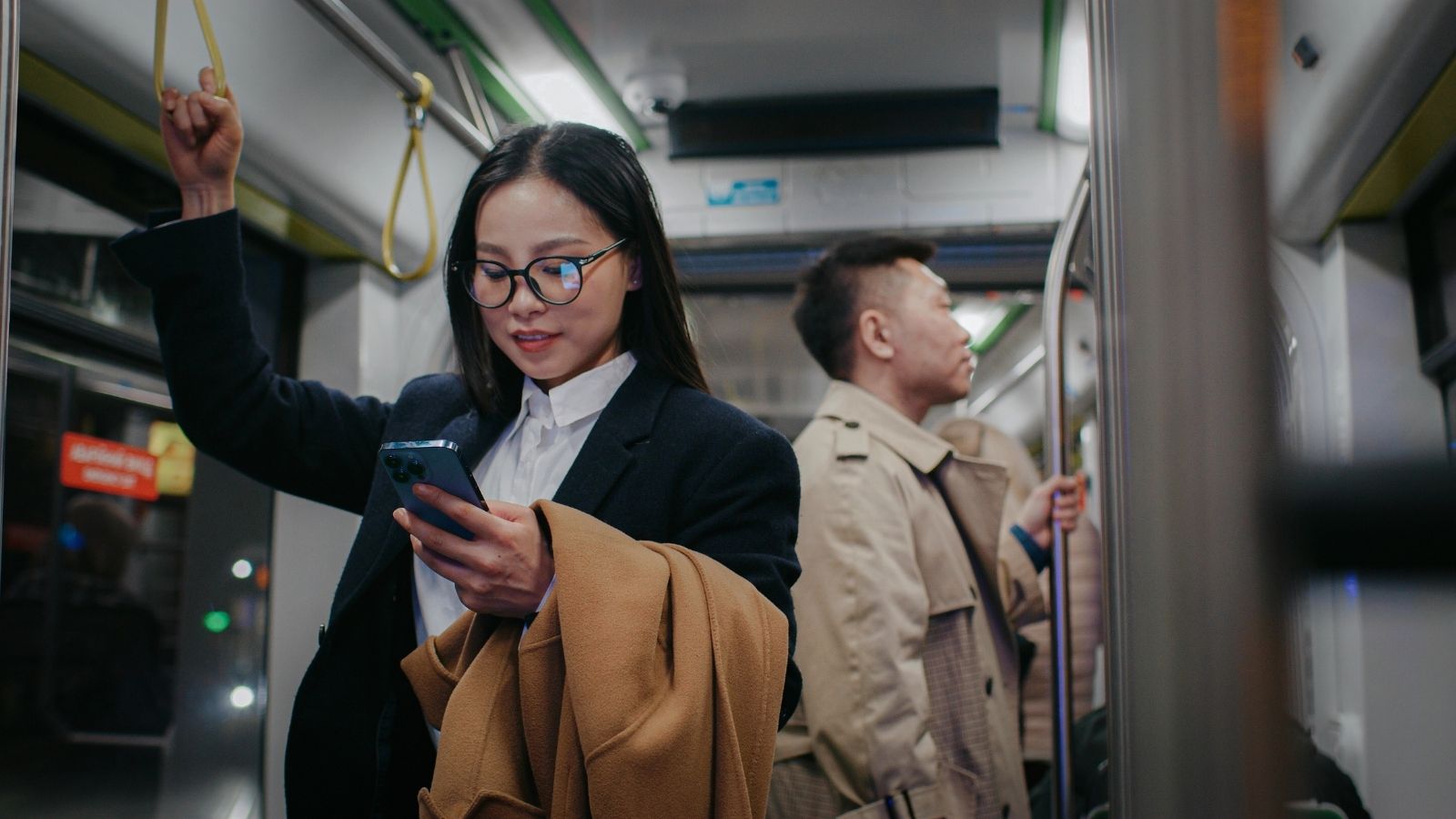
Significant changes are going to be made to public transport. Technology will advance, and sustainability will become more important, allowing for faster, smarter, and greener transportation. The future has a ton of potential to improve our lives and lessen our influence on the environment, making the world a more connected place for everybody.
18 Reasons Why People Are Leaving Florida in Masses

Exploring factors that impact the desirability of living in Florida, this list delves into various challenges shaping residents’ experiences. From environmental concerns like rising sea levels to economic factors such as fluctuating job markets, these issues collectively contribute to a nuanced understanding of the state’s appeal.
18 Reasons Why People Are Leaving Florida in Masses
